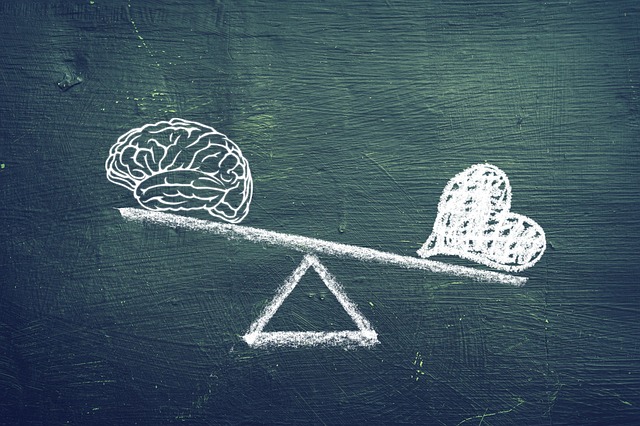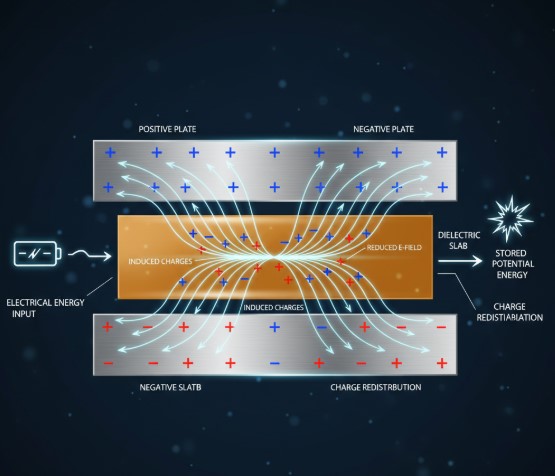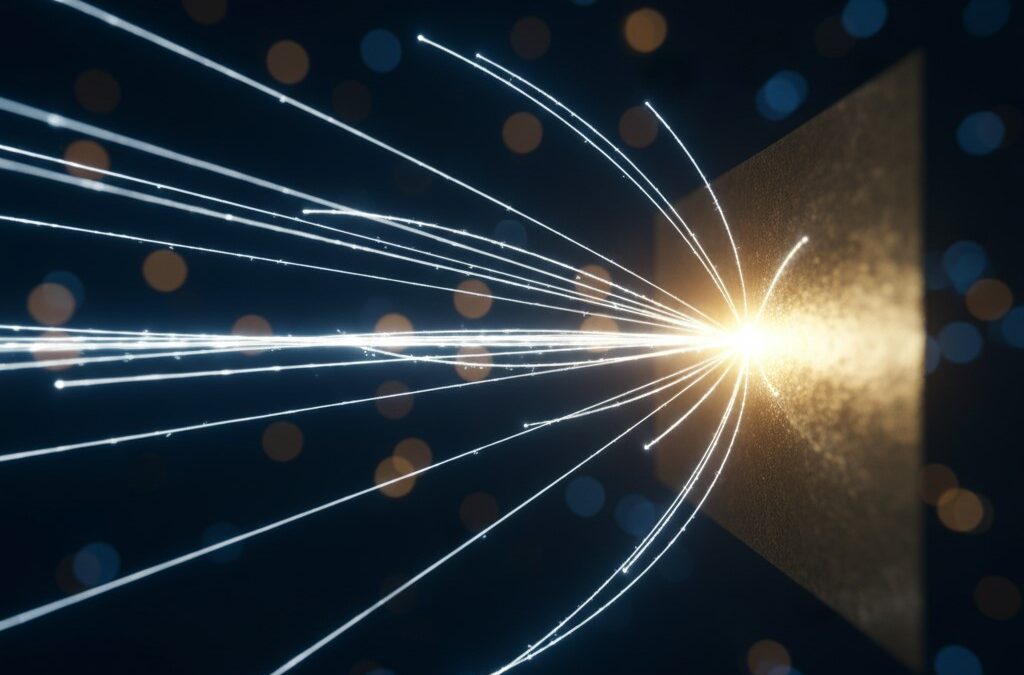Deep Brain Stimulation for Paralysis is revolutionizing how we think about recovery from serious spinal injuries. Recent studies reveal that targeting specific brain regions can rekindle lost motor functions, offering fresh hope to those who have long felt trapped by their conditions. Researchers have drawn attention to the lateral hypothalamus, indicating that stimulating this area may facilitate a remarkable restoration of mobility, allowing individuals to reclaim their lives in ways we previously deemed impossible.
Table of Contents
- Understanding the Potential of Brain Stimulation for Motor Recovery
- Effective Strategies and Technological Innovations in Rehabilitation
- Real-Life Narratives: Transformations through Brain Treatment
- The Road Ahead: Innovative Approaches in Spinal Recovery
- Key Takeaways on Deep Brain Stimulation for Paralysis
Furthermore, the implications of Deep Brain Stimulation for Paralysis go beyond just physical movement; they challenge age-old perceptions about the brain’s capabilities. This innovative approach suggests a future where rehabilitation is not just about managing symptoms but unlocking potential. As we explore these advancements, we find ourselves standing on the brink of a new era in personalized medicine, one that could fundamentally change the landscape of treatment for millions.
We also Published
“The only way to do great work is to love what you do.” – Steve Jobs
Understanding the Potential of Brain Stimulation for Motor Recovery
The recent advancements in neuroscience and therapy show that targeted stimulation of brain areas can significantly aid in restoring motor functions, particularly for spinal cord injury patients. A study unveiled surprising evidence indicating that administering deep brain stimulation (DBS) to a specific region known as the lateral hypothalamus may enhance mobilization for individuals with paralysis. This unexpected finding shines a light on how the brain’s intricate roles in motor control differ from longstanding perceptions. Researchers from Swiss institutions, renowned for their contributions to neuroengineering, highlighted the lateral hypothalamus (NewRegion) as a vital area for effective recovery therapies. This discovery pivots our understanding of neuroplasticity – the brain’s ability to adapt following injuries – reinforcing the idea that precise stimulation can indeed foster significant mobility improvements.
Deep brain stimulation (DBS) targeting NewRegion opens new pathways for mobility restoration among paralyzed individuals, challenging conventional approaches that regard many injuries as permanent. Understanding how this brain area can initiate immediate strides in physical engagement, including walking and stair navigation, illustrates the complex interplay between neural circuits involved in action and thought. This approach contradicts historical misconceptions about the brain’s static functional roles and hints at potential therapeutic landscapes that could evolve to offer relief for millions. The implications of such revelations extend beyond motor functions, hinting at possibilities for individualized medicine tailored to enhance various aspects of daily living for those afflicted by paralysis.
The findings surrounding DBS of NewRegion not only culminate in clinical benefits but also motivate a reevaluation of various therapeutic strategies leveraged in treating chronic spinal injuries. The response to stimulation in spinal cord injury recovery brings forth questions about the role of brain functionality and neuroplastic adaptation in rehabilitative practices. This paradigm shift elevates hope for paralysis treatment, envisioning a future where combining neurostimulation with established recovery therapies could potentially revolutionize rehabilitation, offering newfound independence and quality of life improvements to thousands.
Effective Strategies and Technological Innovations in Rehabilitation
Recent breakthroughs in deep brain stimulation also encourage the exploration of hybrid approaches that could offer enhanced therapeutic effects. Integrating spinal cord stimulation (SCS) with DBS highlights a holistic recovery strategy. Research indicates that simultaneous stimulation may address a multitude of injury-related challenges, such as pain and impaired mobility, using techniques tailored for individual patient needs. This synergy between two distinct targeting techniques exemplifies how personalized therapies can be designed to optimize results and foster greater independence.
Notably, DBS applications for NewRegion may significantly enhance lower extremity movement, while SCS has shown promise in improving grasp and sensation in upper limbs among patients with cervical spinal injuries. By strategically combining these therapies with supplementary pharmacological solutions and potential biological enhancers, like neurotrophic factors, recovery pathways can be expanded. This integrated method is shown to confront multifaceted aspects of neural repair, thereby improving the prospects for post-injury adaptations.
Moreover, incorporating innovative technologies, such as machine learning and wearable robotic systems, could play a crucial role in refining neuromodulation strategies. By leveraging real-time feedback mechanisms and adjusting stimulation protocols, we can offer tailored rehabilitation programs that resonate with each patient’s unique recovery narrative. This embrace of smart technologies indicates a bright future in spinal cord recovery, where the continuous development of portable stimulation devices could grant more patients access to curative approaches.
Real-Life Narratives: Transformations through Brain Treatment
The inspiring journey of individuals like Samantha Reeve, who experienced a remarkable comeback from paralysis, underscores the effectiveness of DBS targeting NewRegion. After a spine-related injury left her wheelchair-bound, Samantha ventured into neurostimulation treatment that dramatically reformed her mobility landscape. Following several sessions of customized DBS therapy, she gradually regained her ability to walk longer distances, even managing stairs with newfound confidence. Her story exemplifies how innovations in brain stimulation are harnessing the innate neuroplasticity of the brain, allowing patients to surpass even their own expectations for recovery.
The long-lasting effects of such treatments extend beyond immediate physical improvements; Samantha highlights how the newfound mobility has substantially enriched her quality of life and independence. She recounts that prior to the treatment, a simple outing was daunting, but now she embraces life with vitality she once believed lost. Her experience serves as a beacon of hope, suggesting notable changes can arise even years after initial injury.
Additionally, ongoing studies demonstrate the potential for sustained recovery benefits, showcasing that recovery can persist beyond the cessation of stimulation. The continued exploration of DBS interventions signals the beginning of pivotal changes in rehabilitation methods, with patient outcomes evolving from traditional expectations to remarkable personal achievements. As more success stories emerge, the understanding of paralysis treatment is evolving into a narrative rife with possibilities, encouraging affected individuals worldwide to visualize better futures.
The Road Ahead: Innovative Approaches in Spinal Recovery
Looking ahead, the landscape of spinal cord injury therapies is leaning towards comprehensive strategies that incorporate various stimulation methods. The integration of SCS and DBS is viewed as a promising frontier that not only restores mobility but could also enrich sensory experiences, bolstering patients’ independence. Integrating these approaches simultaneously may exponentially increase recovery outcomes and redefine therapy effectiveness. The growing body of evidence suggests that successful combinations could yield far-reaching benefits not only for spinal injuries but also for broader neurological conditions.
Research is actively delving into the amalgamation of neurostimulation with traditional rehabilitative therapies, emphasizing that collaborative frameworks may tap into synergistic effects, necessitating interdisciplinary approaches in treatment plans. The exploration into pharmacological adjunct therapies alongside stimulation mechanisms could represent a new era in recovery protocols, opening versatile approaches tailored to individual needs.
Further, efforts to develop agile portable devices capable of delivering tailored stimulation protocols will progressively democratize access to these novel therapies, making groundbreaking treatments more accessible. As technologies evolve, the future of spinal cord injury treatment embraces a multifaceted approach, combining cognitive, physical, and technological advancements to enhance recovery journeys and ultimately restore a sense of normalcy and empowerment for many patients around the globe.
| Aspect | Details |
|---|---|
| Research Focus | Targeted stimulation of brain areas aiding motor recovery, especially for spinal cord injury patients. |
| Key Technique | Deep Brain Stimulation (DBS) targeting the lateral hypothalamus (NewRegion) to improve mobilization. |
| Implications | Challenges conventional perspectives on motor function recovery and highlights neuroplasticity. |
| Therapeutic Innovations | Combination of DBS with Spinal Cord Stimulation (SCS) for a holistic recovery strategy. |
| Real-Life Example | Samantha Reeve’s successful recovery post-DBS treatment demonstrates effectiveness and hope. |
| Future Directions | Integration of various stimulation methods and the development of portable devices for accessible therapies. |
| Potential Benefits | Enhanced mobility, independence, and quality of life for individuals with spinal injuries and paralysis. |
Key Takeaways on Deep Brain Stimulation for Paralysis
- Deep Brain Stimulation (DBS) is showing promising results in restoring motor functions for individuals with paralysis, particularly by targeting the lateral hypothalamus.
- This innovative approach challenges previously held beliefs regarding the brain’s capabilities, suggesting that rehabilitation can unlock potential rather than just manage symptoms.
- The integration of DBS with spinal cord stimulation (SCS) may provide a comprehensive recovery strategy that addresses a range of symptoms and improves independence in patients.
- Real-life success stories, like that of Samantha Reeve, demonstrate that DBS can lead to significant recovery even years after the initial injury, enhancing overall quality of life.
- Future developments are likely to involve portable devices and tailored stimulation protocols that could broaden access to advanced therapies and revolutionize treatment methods for spinal injuries.
We also Published
RESOURCES
- Brain Stimulation On eBay – Countless New & Used Items
- Innovative Techniques for Improving Arm and Hand Function After Injury
- Brain Stimulation Aids Walking Recovery After Spinal Cord Injury
- Research Highlights for Enhancing Arm and Hand Function Post-Injury
- Understanding Recent Research on Brain Stimulation
- Hypothalamic brain stimulation augments walking after … – Nature
- Exploring Treatments for Paralysis Through Brain Stimulation
- Brain stimulation aids walking after spinal injury – Nature
- Stimulating the Hypothalamus to Restore Mobility in Patients
- Breakthroughs in Spinal Cord Injury Recovery: New Brain Stimulation …
- Hypothalamic brain stimulation augments walking after … – PubMed








0 Comments